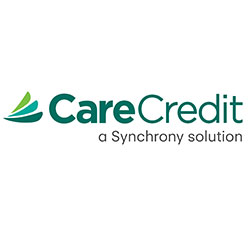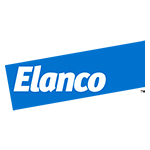Vet Team & Pet Owner Collaboration
The cost of prevention is often a fraction of the cost of treating a disease or problem once it has become more advanced. Early diagnosis and treatment of developing problems or diseases can improve the likelihood of successful outcome. The increasing ability to share the risk of pet-care costs offers an advantage to the practice team and pet owner alike.
The ultimate goal of preventive care is improved quality of life and longevity for the patient. Comprehensive life stage care permits early detection, treatment, and control of disease resulting in long-term health care cost savings. Studies have found that factors negatively affecting the ability of the practice team to achieve these goals include a client’s inadequate understanding of the need for and value of routine examinations, ambiguous practice team recommendations, and unpredictability of the cost of veterinary care.11,159 The entire practice team’s support is crucial in overcoming these obstacles through use of twoway communication and including the pet owner as a team member through eliciting their perspective. There are various online resources that will be useful to the practice team and its pet owners in achieving a team-based approach to individualized pet healthcare.
Approximately one-third of pet owners would not take their pets to the veterinarian were it not for vaccinations.159 Beginning at the puppy life stage, veterinarians should clearly discuss with the pet owner the need for routine examinations and the monetary value gained in prevention of a disease versus treating it. The practice team should also discuss current and future life stage recommendations with the pet owner to establish owner expectations. As the dog progresses through her life stages, clearly discuss the changing recommendations with the pet owner using two-way communication to decrease owner confusion and make them a pet-care team member (shared decision making). A collaborative approach involving the practice team and the pet owner is generally linked to the best outcomes.160,161 There are additional web-based resources useful to the practice team to make these strong, clear recommendations.
These recommendations should always be made by the veterinarian or technician and reinforced by the entire practice team. Incorporating individualized life-stage recommendations into the practice’s reminder systems will indicate to the pet owner that an individualized pet healthcare plan will evolve as the pet ages.162 When presented with a clear recommendation rather than an ambiguous statement, pet owners are seven times more likely to follow through.11 Therefore, a strong clear recommendation, even when it is one of several options, should be presented and then a shared decision made with the pet owner by eliciting the pet owner’s concerns regarding the recommendation (e.g., “How does that plan sound to you?” or “What questions or concerns do you have with our recommendation?”). Clear, unambiguous preventive care or diagnostic screening recommendations will also improve the likelihood of early disease detection and a successful clinical outcome. This results in increased pet owner and veterinarian satisfaction, which improves future owner adherence.12,13,14
Remaining consistent with conveying the value of routine exams, the cost of life stage–based care must be clearly discussed beginning at the pet’s first exam. Pet owners have expressed a desire for more predictability in the cost of care as well as competitive prices for products available through other channels.148 Preventive healthcare plans have been shown to increase visits, revenue, and provide better preventive care, and pet insurance can share the risk of unpredictable health care costs.162,163 Therefore, the practice team should clearly discuss the pros and cons of preventive healthcare plans, pet insurance, and various product purchasing alternatives, and be able to make recommendations regarding these options. All of these issues are best addressed by a unified, clear message from a practice team with formal relationship-centered communication training. When this is done, it ensures that the pet owner’s perspective is solicited as the basis for an individualized life stage– specific recommendation with a high likelihood of compliance.









